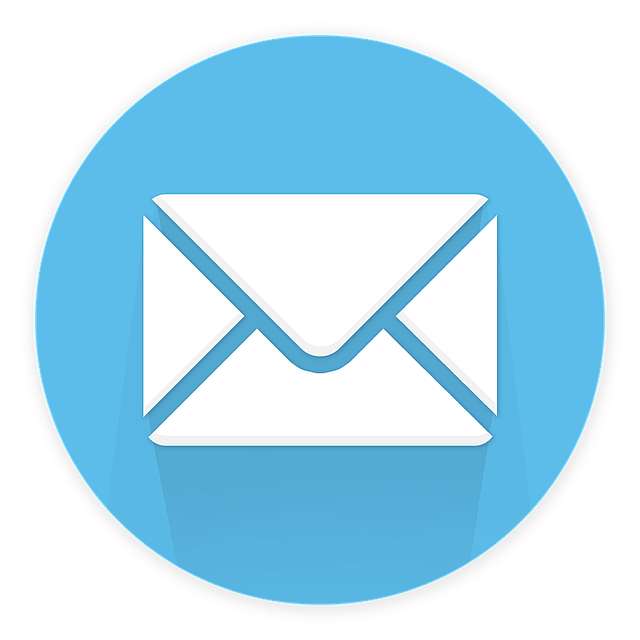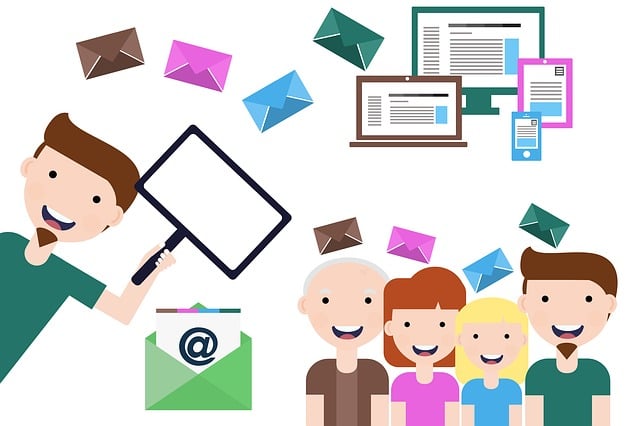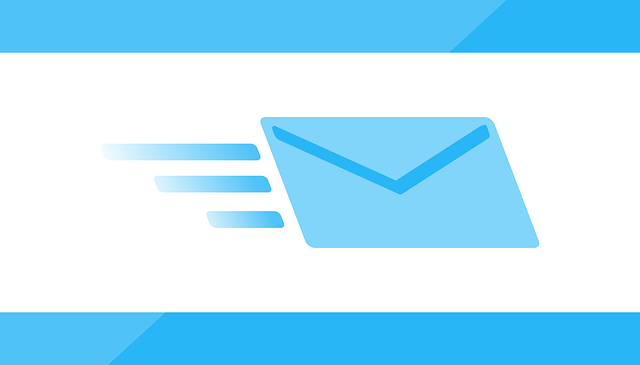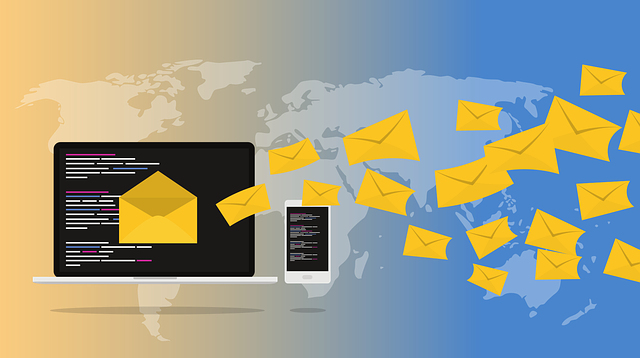Are you tired of sending out generic emails to your entire subscriber list, hoping that someone will take notice? What if there was a way to tailor your content to each individual, increasing the likelihood of engagement and conversions?
Enter the power of segmentation in email marketing for content promotion. By dividing your email list into distinct segments based on demographics, interests, and behaviors, you can deliver personalized and relevant content that resonates with your audience. This strategic approach allows you to target specific groups with messages that speak directly to their needs and desires.
Not only does segmentation improve the effectiveness of your email campaigns, but it also helps you build stronger relationships with your subscribers. In this article, we will explore the various benefits of segmentation, as well as provide practical tips on how to implement and optimize your segmentation strategy.
Get ready to take your email marketing to the next level and see the power of segmentation in action.
Key Takeaways
- Segmentation in email marketing allows for personalized and relevant content delivery to each individual, increasing engagement and conversions.
- Audience analysis is crucial for effective content promotion, as tailoring content to specific segments ensures relevance and engagement.
- Testing and measuring campaigns through open rates, click-through rates, and conversion rates provides valuable insights for optimizing email marketing efforts.
- Automation tools in segmentation strategy save time and effort by categorizing audiences based on demographics, behavior, and preferences, and continuous optimization and refinement of segmentation criteria enhance the effectiveness of email marketing campaigns.
Understand Your Audience
Now, let’s dive into understanding your audience on a whole new level – because when it comes to email marketing, you need to know exactly who you’re talking to and what makes them tick.
Audience analysis is crucial for effective content promotion. By analyzing your audience, you can gain valuable insights into their preferences, interests, and needs. This knowledge allows you to create targeted messaging that resonates with each segment of your email list.
Tailoring your content to specific segments ensures that your message is relevant and engaging, increasing the chances of conversion. Understanding your audience also enables you to personalize your emails, adding a personal touch that strengthens the connection with your subscribers.
So, let’s move on to the next section and learn how to divide your email list into segments for even greater success.
Divide Your Email List into Segments
First, you need to break down your list of recipients into smaller, more specific groups that cater to their unique interests and preferences, just like how a chef separates their ingredients to create a delicious and personalized dish for each customer. By dividing your email list into segments, you can personalize your content and tailor it to the specific needs and preferences of each group. This personalization benefits both you and your recipients. When your audience receives content that is relevant to their interests, they are more likely to engage with it. In fact, studies have shown that segmented email campaigns can result in improved engagement rates. So, take the time to understand your audience and divide them into segments to maximize the effectiveness of your email marketing efforts. This will set the stage for the next step: tailoring your content to each segment.
Tailor Your Content to Each Segment
To truly connect with your audience and make a lasting impression, you must customize the content for each individual segment of your email list. Personalize messaging is key to increasing engagement and driving action from your subscribers.
By tailoring your content to each segment, you can address their specific needs, interests, and pain points, making them feel understood and valued. This level of customization shows that you are paying attention to their unique preferences, which builds trust and loyalty.
Whether it’s creating different subject lines, using dynamic content, or showcasing relevant offers, personalized messaging helps you stand out in a crowded inbox and grab your subscribers’ attention.
So, when you test and measure your campaigns, you’ll see the impact of this segmentation strategy and gain insights to further optimize your content and drive even better results.
Test and Measure Your Campaigns
Track and tally the triumphs and tribulations of your campaigns to analyze results and refine your targeting strategy. Testing and measuring your email marketing campaigns is critical to understanding what works and what doesn’t.
By keeping a close eye on metrics such as open rates, click-through rates, and conversion rates, you can gain valuable insights into the effectiveness of your messaging and segmentation efforts. Identify which segments are responding positively to your content promotions and which ones may need further refinement.
Use this data to make data-driven decisions and optimize your campaigns for better results.
In the next section, we’ll explore how you can automate your segmentation strategy to further enhance your email marketing efforts.
Automate Your Segmentation Strategy
Enhance your email campaigns by automating your segmentation strategy. This allows you to effortlessly personalize your messaging and target specific audience segments for maximum engagement and conversion. By utilizing targeted messaging and a personalized approach, you can effectively connect with your subscribers on a deeper level.
Automation tools enable you to categorize your audience based on their demographics, behavior, and preferences. This ensures that each recipient receives content that is relevant and valuable to them. Not only does this increase open and click-through rates, but it also boosts overall engagement and conversion.
Furthermore, automating your segmentation strategy saves you time and effort. It eliminates the need for manual sorting and targeting. To continuously optimize and refine your email marketing efforts, consider implementing a strategy to regularly analyze and update your segmentation criteria.
Continuously Optimize and Refine
As you fine-tune your email campaigns, don’t forget to polish and perfect your segmentation strategy to ensure that your messaging hits the bullseye every time. Continuously optimizing and refining your segmentation approach is crucial for maximizing the effectiveness of your content promotion efforts. One way to do this is by conducting A/B testing to evaluate the performance of different segmentation criteria and messaging variations. By testing different combinations, you can identify the most effective segmentation strategies that resonate with your audience. Additionally, implementing personalization strategies can further enhance the impact of your email marketing. Tailoring your content to specific segments based on demographics, interests, or past behavior can significantly improve engagement and conversion rates. Remember, the power of segmentation lies in its ability to deliver targeted and relevant content to your subscribers, ultimately driving better results for your email marketing campaigns.
| A/B Testing Effectiveness | Personalization Strategies | ||
|---|---|---|---|
| Test different criteria and messaging variations | Tailor content based on demographics, interests, or behavior | ||
| Identify the most effective segmentation strategies | Improve engagement and conversion rates | ||
| Optimize messaging to resonate with your audience | Deliver targeted and relevant content | ||
| Drive better results for email marketing campaigns | Enhance the impact of your email marketing | ||
| Continuously refine and improve segmentation approach | Maximize the effectiveness of content promotion | Increase engagement and conversion rates for your email marketing efforts |
Frequently Asked Questions
How can I identify the specific interests and preferences of my email subscribers?
To identify the specific interests and preferences of your email subscribers, conducting surveys can provide valuable insights. By asking targeted questions, you can gather data on what content they prefer, their buying habits, and more.
Additionally, utilizing behavioral tracking allows you to understand their preferences based on their actions, such as clicks and purchases. These methods not only help you tailor your content to their needs but also increase engagement and conversion rates, ultimately maximizing the benefits of your email marketing efforts.
What are some effective ways to divide my email list into segments?
To effectively divide your email list into segments, implement segmentation strategies that will boost your targeting strategies. By doing so, you can increase open rates by 14.31% and click-through rates by 100.95%.
Start by analyzing subscriber data such as demographics, purchase history, and engagement levels. This will allow you to create segments based on specific interests, preferences, and behaviors.
Tailoring your content to each segment’s needs and desires will significantly improve your email marketing campaign’s effectiveness.
How can I ensure that my content is personalized and relevant to each segment?
To ensure personalized and relevant content for each segment, it’s crucial to understand the importance of personalization in email marketing campaigns.
Start by collecting and analyzing data about your subscribers’ preferences and behaviors. Use this information to develop targeted content that addresses their specific needs and interests.
Additionally, create dynamic email templates that allow for customization based on each segment’s characteristics. Tailoring your content to each segment will enhance engagement, increase conversions, and drive overall campaign success.
What are some key metrics and tools to track and measure the success of my email campaigns?
Email campaign tracking and measurement are crucial for evaluating the success of your campaigns. According to a recent study, 82% of marketers believe that tracking email campaign metrics is essential for improving their overall marketing strategies.
To effectively track and measure your email campaigns, you can use tools like Google Analytics, Mailchimp analytics, and HubSpot’s email tracking feature. These tools provide valuable insights into open rates, click-through rates, conversion rates, and more, helping you optimize your campaigns for better results.
Are there any best practices or tips for automating the segmentation process to save time and effort?
Automating segmentation is the key to efficiency and effectiveness in email marketing. By using time-saving strategies, you can streamline the process and save valuable resources.
Start by defining clear criteria for segmentation, such as demographics or engagement levels. Use email marketing platforms that offer automation features, allowing you to automatically segment your audience based on these criteria.
This will not only save you time and effort but also ensure that your content is targeted and relevant to each recipient.
Conclusion
In conclusion, harnessing the power of segmentation in email marketing for content promotion is a smart and savvy strategy. By understanding your audience and dividing your email list into segments, you can tailor your content to each segment, leading to higher engagement and conversion rates.
Testing and measuring your campaigns will help you refine your approach, while automating your segmentation strategy will save you time and effort.
So seize the opportunity to optimize and refine your email marketing, and watch your promotions soar to success!






